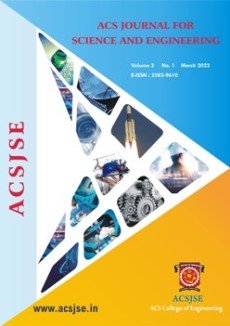Ground Effect Vehicle for Transportation over Water
DOI:
https://doi.org/10.34293/acsjse.v3i2.87Keywords:
Ground effect, Wing-in-ground effect vehicle, Ducted Propellers, Lift-to-drag ratioAbstract
The project proposes using a ground effect vehicle (GEV) or a wing-in- ground-effect (WIG) craft to address transportation needs over relatively short distances on water. Currently, the options are limited to expensive and limited aircraft or slower ships. GEVs operate close to the ground or water, utilizing the aerodynamic interaction with the surface to reduce drag and improve lift- to-drag ratios, making them faster and more efficient than traditional aircraft or ships. The proposed GEV design aims to have a range of 300 miles, a cruise speed of 150 mph, and the capacity to carry 10 passengers and 1000 pounds of cargo. It will be powered by two ducted prop engines, which are more efficient and produce less noise than conventional aircraft engines. The success of this project could revolutionize water transportation, providing a more accessible and cost-effective option for passengers and cargo. The efficient and affordable GEV design has the potential to drive further advancements in GEV technology, leading to widespread adoption and implementation not only in India but also globally.
Downloads
Published
Issue
Section
License
Copyright (c) 2023 Aadithya R Pade, Ammi Reddy Laxminada Reddy, R. Chandan Raj , Jarreth Sajjan, S. Sudhagara Rajan

This work is licensed under a Creative Commons Attribution-ShareAlike 4.0 International License.






